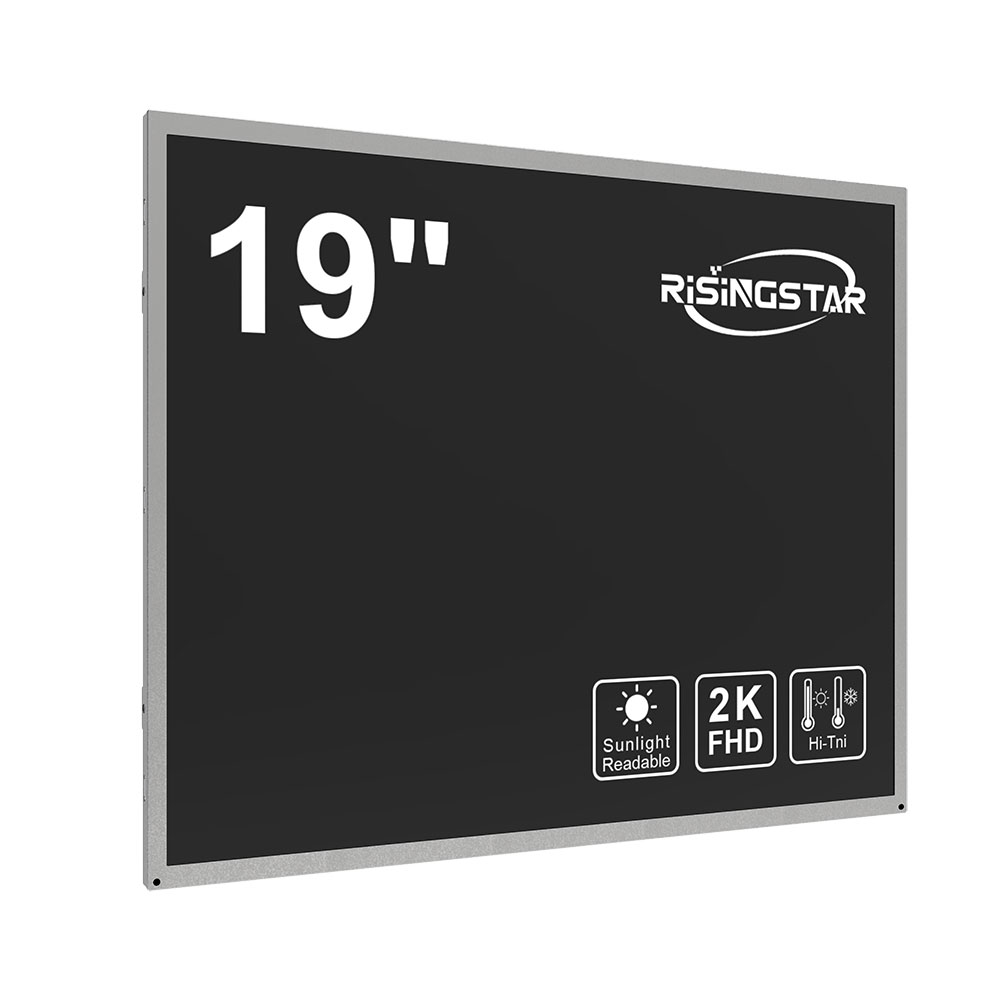- Home
- About Us
- Products
- News
- Video
- Contact
- Send Inquiry
Search
- Home
- About Us
- Products
- News
- Video
- Contact
- Send Inquiry

Outdoor LCD screens have become indispensable in modern urban infrastructure, advertising, transportation, and public information systems. As cities grow smarter and more connected, the demand for durable, high-brightness displays capable of operating reliably under extreme environmental conditions has surged. According to Statista (2024), the global outdoor digital signage market is projected to exceed $38 billion by 2027, driven largely by advancements in LED-backlit LCD technology and increasing adoption across sectors like retail, transit, and smart city initiatives.
One of the most practical applications of outdoor LCD screens is in digital billboards. These screens are now used not only for static advertisements but also for dynamic content—such as real-time traffic updates, weather alerts, or localized promotions based on GPS data. For example, in Tokyo’s Shinjuku district, over 200 high-brightness outdoor LCDs display targeted ads synchronized with foot traffic patterns, increasing ad engagement by up to 45% compared to traditional static signs (source: Digital Signage Today, 2023).
In transportation hubs such as airports and train stations, outdoor LCDs provide essential real-time flight and departure information. The London Heathrow Airport uses custom-built anti-glare, sunlight-readable LCD panels rated at 5,000 nits brightness, ensuring visibility even under direct sunlight—a critical factor for passenger safety and operational efficiency.

The advantages of outdoor LCDs extend beyond visibility. Modern units feature IP65 or higher ingress protection ratings, allowing them to withstand rain, dust, and temperature extremes from -20°C to +60°C. Many models now integrate intelligent thermal management systems that adjust brightness based on ambient light, reducing power consumption by up to 30% while maintaining optimal contrast (as per IEEE Transactions on Consumer Electronics, 2022). This energy efficiency aligns with global sustainability goals and lowers long-term operational costs.
However, common problems persist. One frequent issue is screen burn-in due to prolonged display of static content—such as logos or menus—which can be mitigated using pixel-shifting algorithms and automatic content refresh protocols. Another challenge is maintenance; dirt accumulation and UV degradation can reduce screen clarity over time. Leading manufacturers like LG, Samsung, and NEC now offer self-cleaning coatings and anti-UV laminates as standard features.
The latest trend in outdoor LCD technology includes AI-powered content optimization. Systems equipped with computer vision can analyze viewer demographics and adjust content in real time—for instance, showing multilingual options during peak tourist hours or switching to emergency alerts during disasters. A case study from Barcelona's Smart City Project (2023) demonstrated a 22% increase in message retention when AI adjusted content based on pedestrian density and age groups.
Additionally, the integration of 5G connectivity enables remote monitoring, predictive maintenance via IoT sensors, and seamless software updates—making outdoor LCD deployments more scalable and cost-effective. These innovations position outdoor LCDs not just as visual tools but as core components of resilient, adaptive urban ecosystems.
As climate resilience becomes a priority, manufacturers are increasingly adopting ruggedized designs, including vibration-resistant mounting systems and surge protection circuits. With ongoing R&D focused on micro-LED hybrid panels and improved color gamut performance, the future of outdoor LCDs promises brighter, smarter, and more sustainable solutions worldwide.